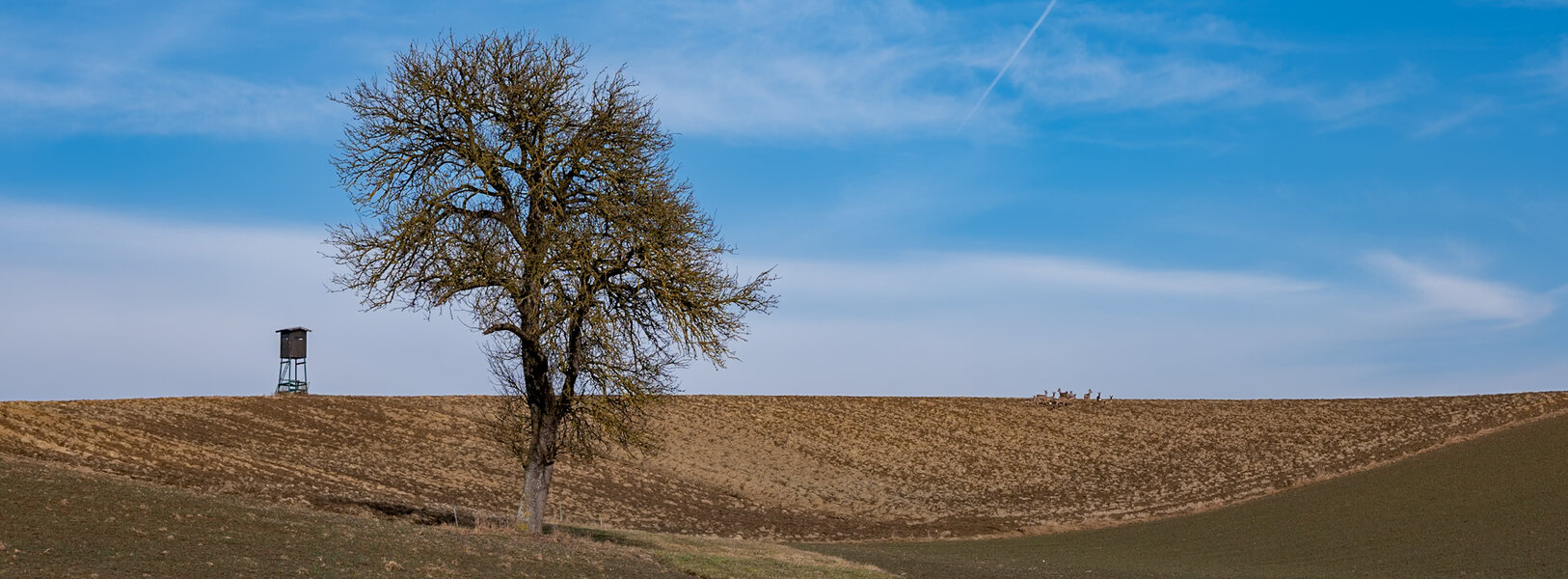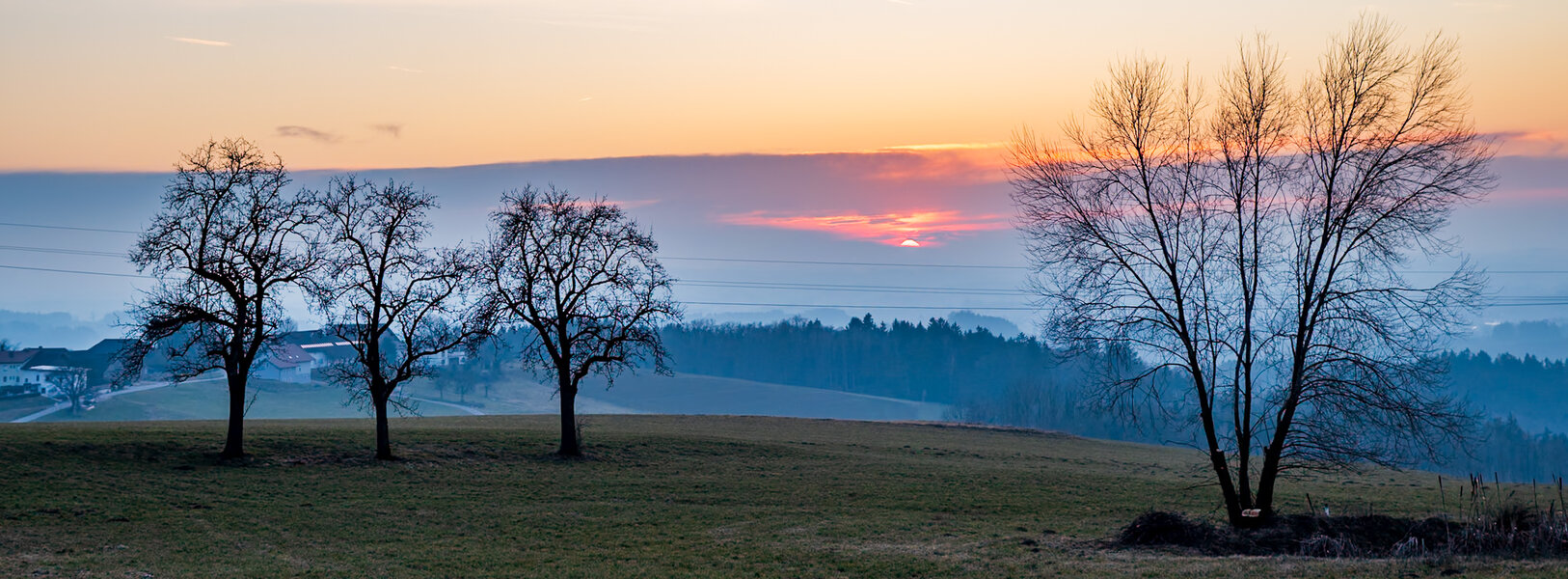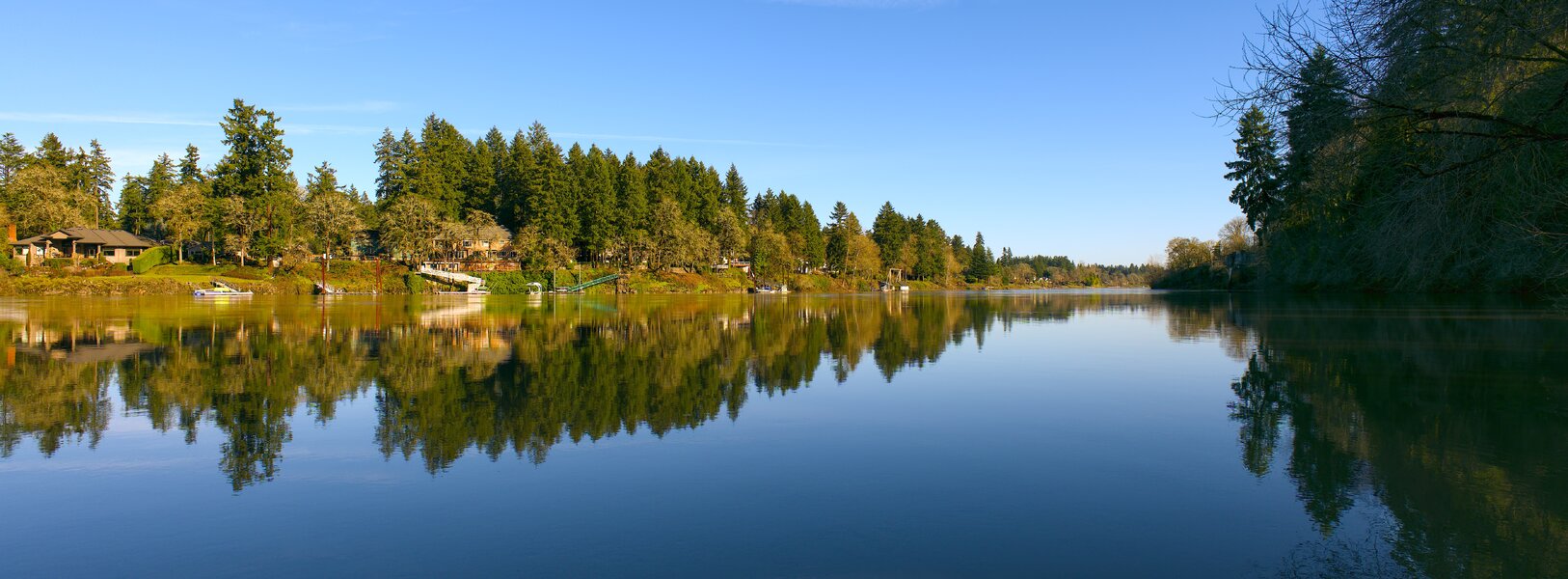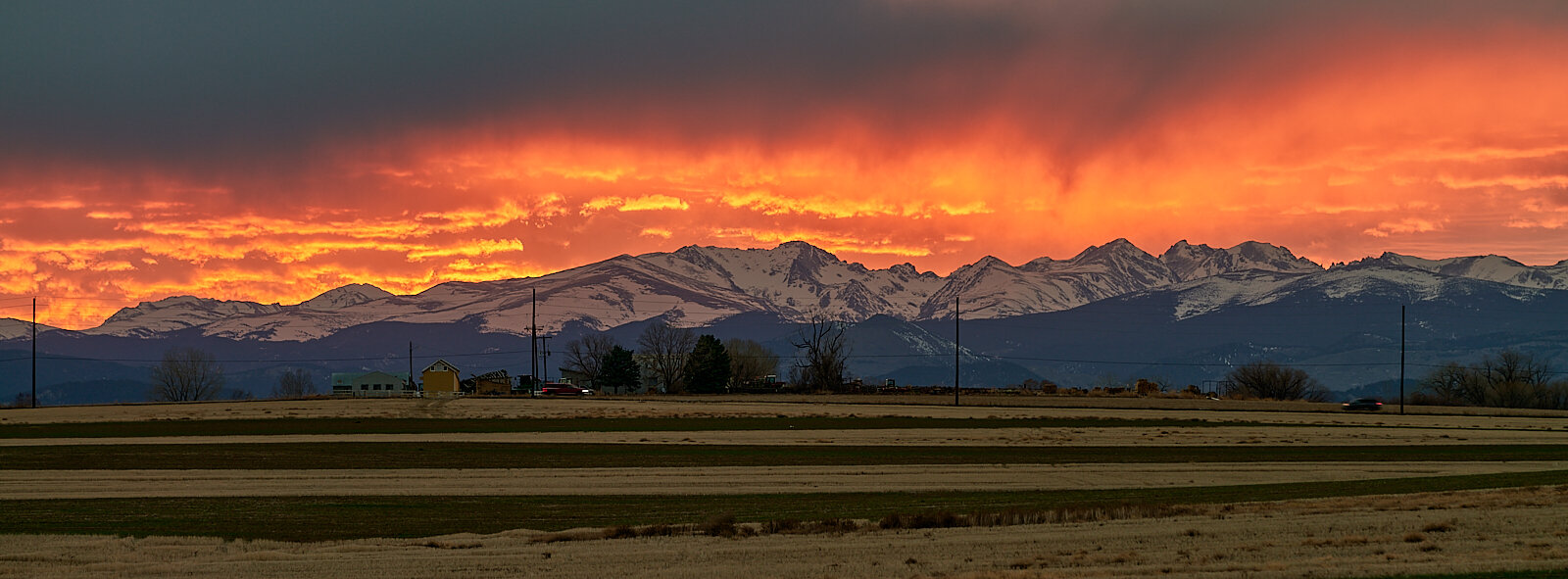I love winter trees - they have a complex and fascinating labyrinth of trunks and branches that provide a beautiful and organic experience to the viewer.
The mathematics of trees follows a pattern known as "branching fractals". The lower branches grow fractal branches, and in turn those fractal branches have their own smaller fractal branches, and this fractal branching continues, smaller and smaller, on up to the top of the tree. I've seen some amazing branching fractal mathematical models, but it's more amazing to me that nature created this branching fractal process for trees. The lungs, human lungs, follow this same mathematical model, with eleven orders of branching that transport air and blood between the trachea and the heart all the way to the tiny alveoli. The inside of lungs looks very much like your picture of that winter tree.
Water and nutrients are passed up through the tree branches, via capillary action. There is a limit to how high capillary action can lift water, but tall trees defy this limit in a unique way. They transfer water to a pool part way up the tree, and then start again with new capillaries to continue lifting the water.
I think that I shall never see
A poem lovely as a tree.
A tree whose hungry mouth is prest
Against the earth’s sweet flowing breast;
A tree that looks at God all day,
And lifts her leafy arms to pray;
A tree that may in Summer wear
A nest of robins in her hair;
Upon whose bosom snow has lain;
Who intimately lives with rain.
Poems are made by fools like me,
But only God can make a tree.
Joyce KIlmer
1913









